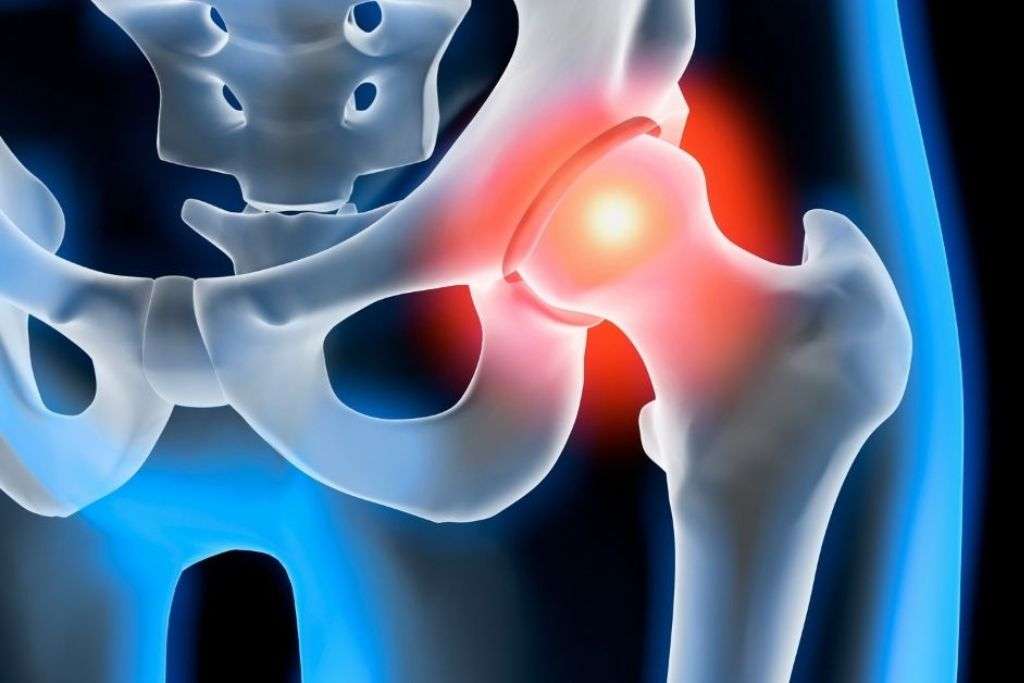
Welcome to Dr. Sayyad’s Orthopaedic Clinic – Your Trusted Destination for Orthopaedic Care
Hip preservation treatment is a specialized approach aimed at maintaining and restoring the function of the hip joint, particularly in cases of conditions or injuries that could potentially lead to hip joint degeneration. The goal is to preserve the natural hip structure, alleviate symptoms, and prevent the need for more invasive interventions like hip replacement surgery.
Symptoms and Conditions:
Hip Dysplasia:
- Symptoms: Hip pain, instability, and limited range of motion.
- Treatment: Non-surgical options such as physical therapy, bracing, and lifestyle modifications. In severe cases, surgical interventions like periacetabular osteotomy (PAO) may be considered.
Femoroacetabular Impingement (FAI):
- Symptoms: Pain in the groin, hip, or buttock, especially during movement. Limited hip flexibility.
- Treatment: Conservative measures include rest, physical therapy, and anti-inflammatory medications. Surgical options involve reshaping the hip joint through arthroscopy or open surgery.
Labral Tears:
- Symptoms: Hip pain, clicking, or catching sensations.
- Treatment: Physical therapy for mild cases. Severe tears may require arthroscopic surgery to repair or reconstruct the labrum.
Osteonecrosis:
- Symptoms: Gradual onset of hip pain, stiffness, and potentially limping.
- Treatment: Preserving blood flow to the affected area through medications, joint-preserving surgeries, or core decompression.
Inflammatory Arthritis:
- Symptoms: Joint pain, swelling, and stiffness.
- Treatment: Medications to control inflammation, lifestyle modifications, and, in some cases, joint-preserving surgeries.
Diagnostic Approaches:
Precise diagnosis is crucial for effective hip preservation treatment. Physicians may use a combination of imaging techniques such as X-rays, MRI, and CT scans. Physical examinations and patient history are also valuable in determining the appropriate course of action.
Treatment Modalities:
Physical Therapy:
- Customized exercise regimens to strengthen the hip muscles, improve flexibility, and enhance joint stability.
Medications:
- Non-steroidal anti-inflammatory drugs (NSAIDs) or other pain relievers to manage symptoms.
Joint Injections:
- Corticosteroid or hyaluronic acid injections for localized relief of inflammation and pain.
Lifestyle Modifications:
- Weight management, activity modification, and ergonomic adjustments to reduce stress on the hip joint.
Surgical Interventions:
- When conservative methods fail, surgical options may include arthroscopy, osteotomy, or joint-preserving procedures tailored to the specific condition.
Recovery and Follow-up:
Recovery timelines vary based on the nature of the condition and the chosen treatment. Rehabilitation, including physical therapy, is often a crucial component of recovery. Regular follow-up appointments ensure ongoing monitoring and adjustments to the treatment plan if needed.

